The types of abacus available can be overwhelming, and many parents are unsure which one to choose. While abacus training can enhance cognitive thinking in children and reduce the chances of dementia in older adults, it’s not just the benefits that concern parents—it’s finding the right abacus.
With so many options in the market, it’s understandable to feel confused. Stay with me till the end to clear up your confusion about the different types of abacus.
Different Types of Abacus (In Chronological Order)
1. Dust Abacus
Dust Abacus – The First Abacus
The Dust Abacus was a flat surface covered with dust or sand, used to perform basic math operations. It’s considered the earliest form of abacus, and interestingly, the word abacus itself comes from a Latin word meaning “sandboard.
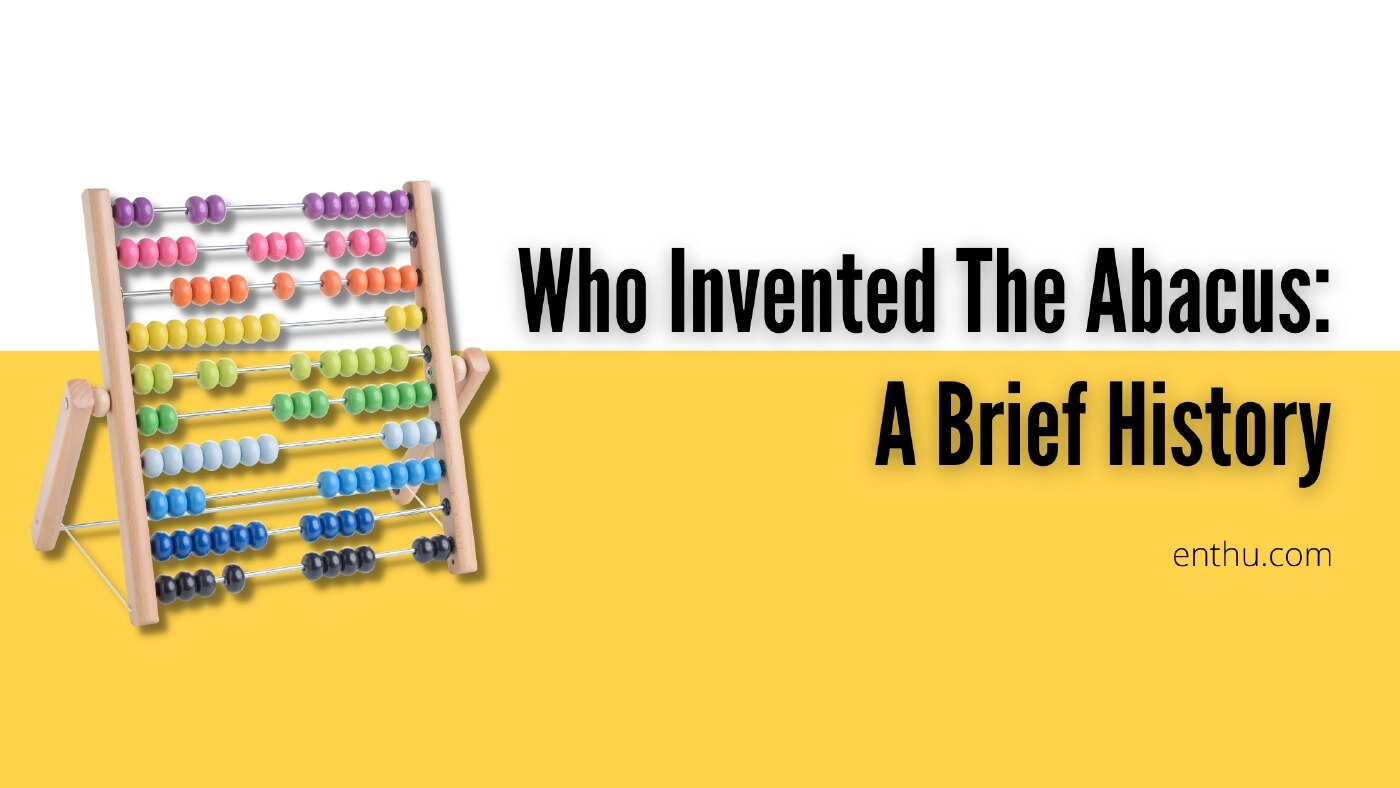
2. The Sumerian/Mesopotamian Abacus
It’s a tabletop with various columns based on sexagesimal–the Mesopotamian number system. This manual calculator was first used during 2700-2300 BCE.
3. Pebble Abacus
It’s the Egyptian version of the abacus. It consisted of a flat surface on which pebbles were moved from right to left to do addition and subtraction. The written record of the pebble abacus used by Egyptians is in Herodotus’ Histories.
4. Counter Abacus
The abacus was nothing but a crude idea of operating mathematical calculations before it reached Greece through Babylon around 300 BCE.
The Greek abacus is called the Counter abacus The Counter/Greek abacus resembled a flat wooden or marble tabletop with smaller units of wood/marbles/pebbles on it to do the math. As you can guess, this calculator got its name from the smaller units on it called counters.
5. The Salamis
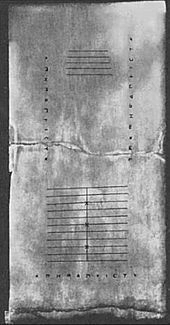
It’s the name of the abacus found on the Island of Salamis, Greece. It’s a white marble slate with 150 × 75 × 4.5 cm dimensions, consisting of horizontal and vertical lines.
6. The Roman Abacus

The Roman hand abacus is a metallic, rectangular, flat frame with movable beads attached to it. The vertical lines on its surface represented ones, fives, tens, etc. It followed the roman number system.
7. The Chinese Abacus | Primitive Suanpan
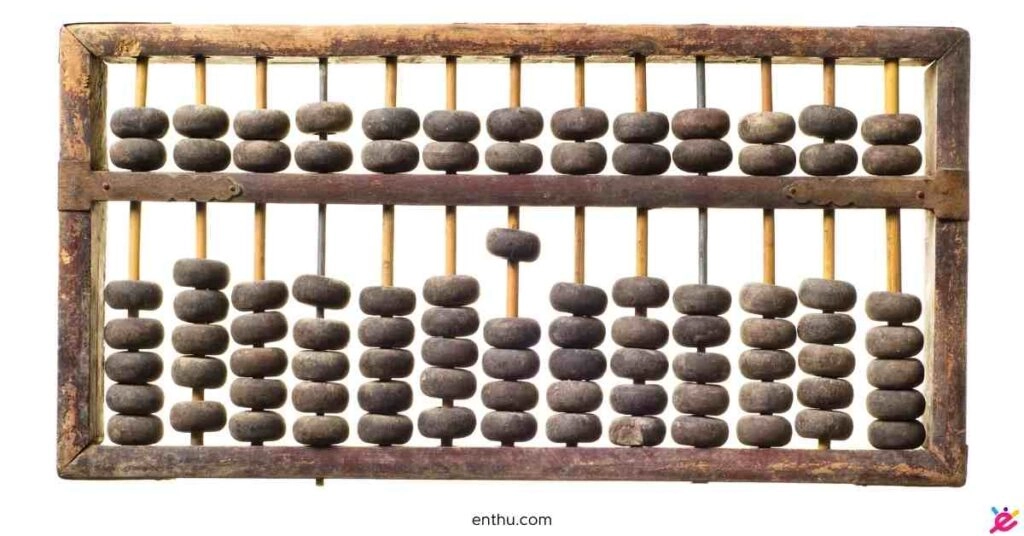
The Chinese were the first to provide a concrete shape and frame for an abacus. Around the 2nd century BC, they created a wooden frame with more than seven vertical rods intersected by a single horizontal rod.
Hence, dividing the frame into two decks–upper & lower. Each rod of this Chinese abacus had two beads on the upper deck and five beads on the lower deck. The modern-day suanpan has a few alterations.
Go to the “types of abacus in Modern day” section below to learn more.
8. The Japanese Abacus Soroban
The Chinese abacus (or suanpan) traveled through Taiwan and Korea and finally reached Japan. Later, the suanpan was modified to a new abacus, called Soroban or the Japanese counting frame.
9. The Russian Abacus | Schoty
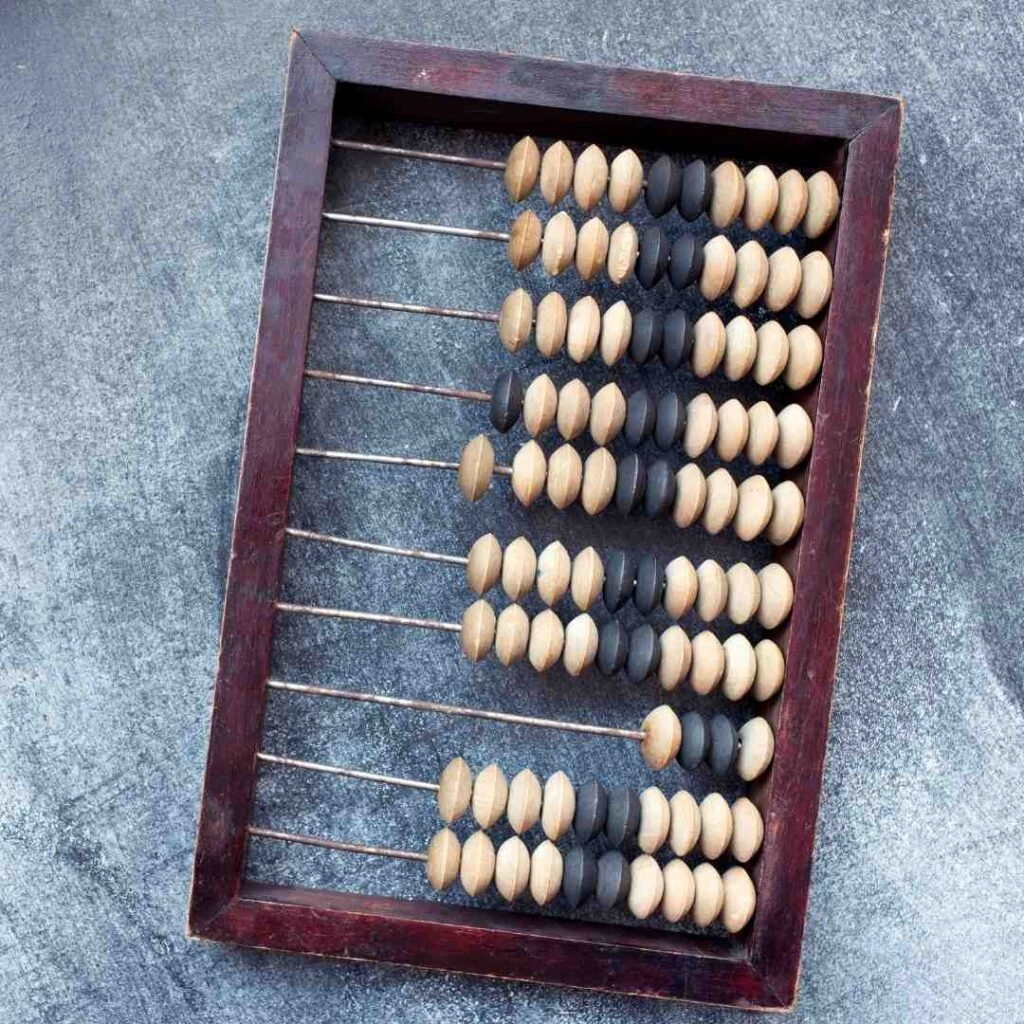
Schoty is the Russian version of the abacus with 12 horizontal rows. Like the above calculators, it is also rectangular in shape with a wooden or metallic frame.
It comes with 10 beads on each of the rods, except the third last row. The seventh row or the third last row of the Russian abacus has only four beads.
Common Types of Abacus in Modern Day Market
Most of the above types of abacus were primitive and didn’t have a proper structure. For instance, the Counter abacus used in Greece was a kind of tabletop.
Therefore, only a few models of abacus survived from the ancient era. Read ahead to find out the common types of the abacus.
1. Danish Abacus
The modern-day abacus with 10 horizontal strings/rods and 10 beads on each string is called a Danish abacus. Please note that the beads on the strings are mostly of different colors on each row.
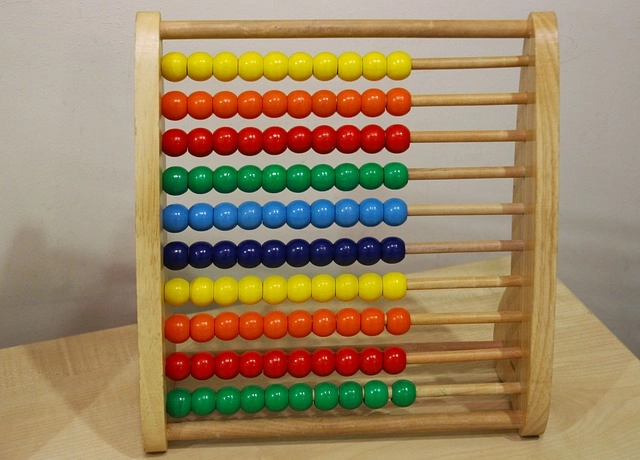
Who should use it?
Visually impaired learners and school children from grades 3 to 10 should use it.
Also, anybody who’s starting with the abacus for the first time should begin learning with the Danish abacus. It’s easy to use and makes you ready for challenging abacuses.
2. Rekenrek
Rekenrek is a similar model to the Danish abacus. The only (major) difference is the number of strings. Unlike the Danish abacus, a rekenrek has only two horizontal strings. Both the strings have ten beads.
Who Should Use it Toddlers, kindergarteners, and school children from grades 0 to 3 should use it. It’s best for learning numbers and getting familiar with the concept of counting frames.
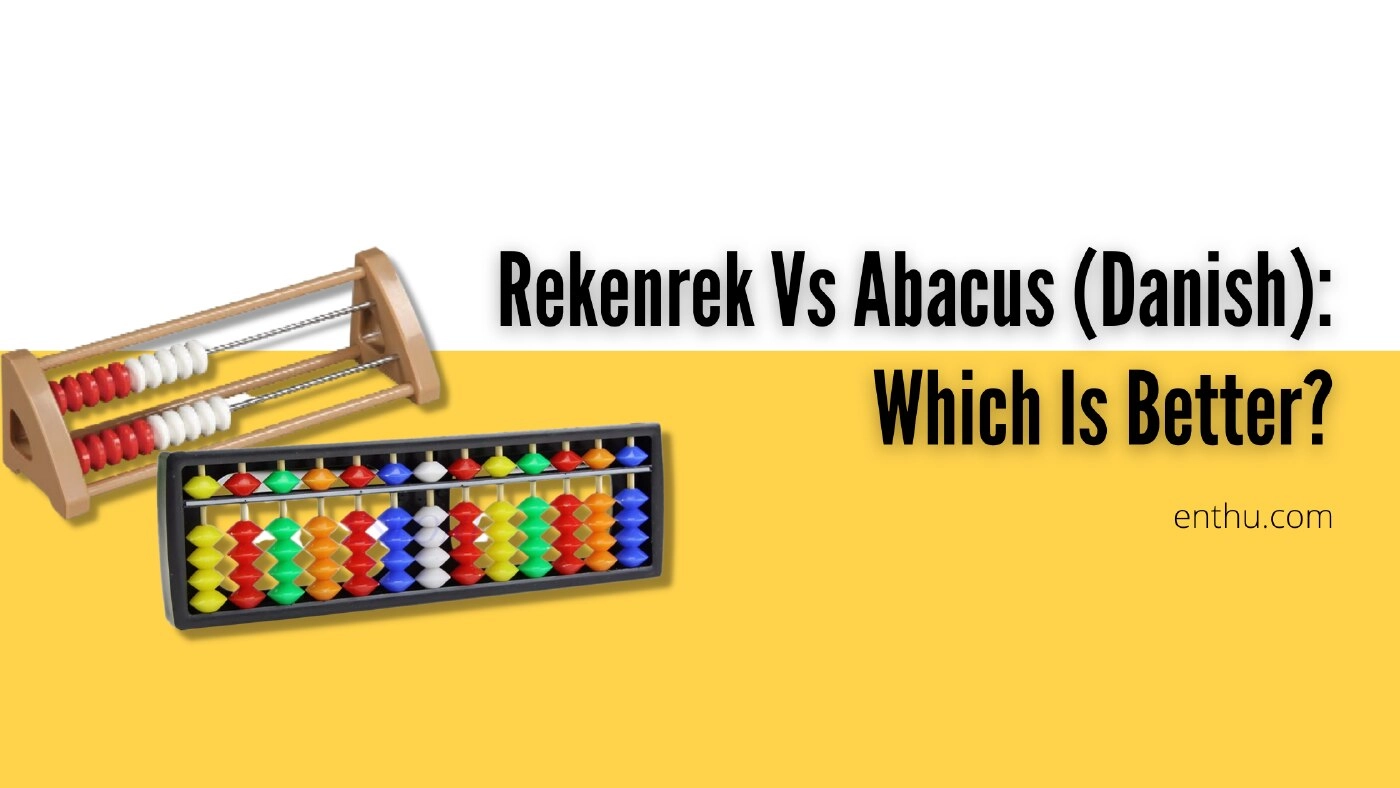
3. Modern Suanpan / Soroban
Suanpan is the counting frame that is credited for surviving the concept of the abacus and carrying its legacy even in modern times.
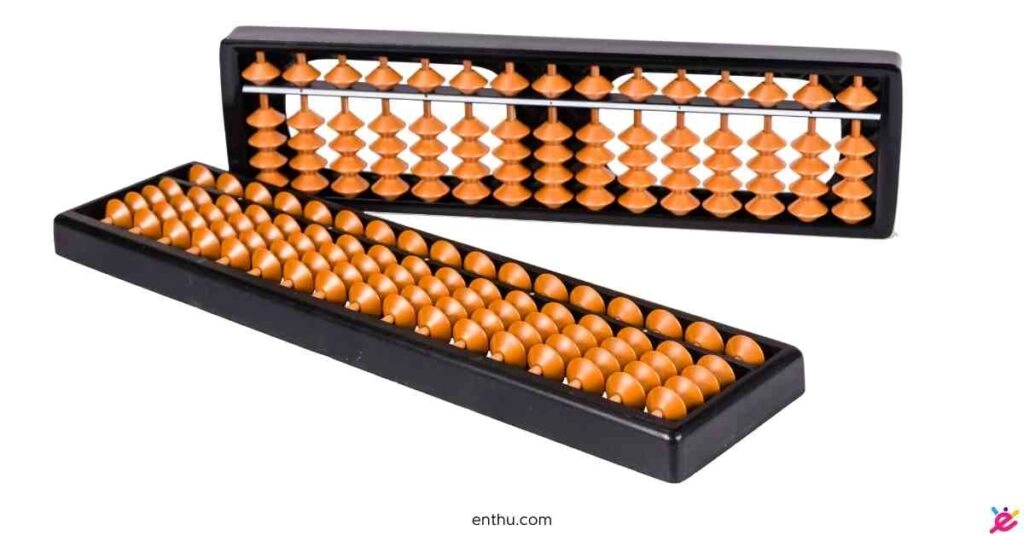
Usually, it has more than 7 vertical rods and only 1 horizontal rod intersecting it and dividing it into two decks.
Unlike the ancient suanpan, the modern suanpan or soroban has one bead on each rod on the upper deck and 4 beads on each rod on the lower deck.
Who Should Use it
Adults and school children from grades 3 to 10 and above should learn using a soroban. People who want to learn mental math should learn using soroban.
It’s best for learning mental math and complex mathematical operations like multiplication, division, and extracting square root and cube roots.
Also, students and young adults who are planning for a mathematics-centered career should learn using soroban. It helps to practice solving math in less time.
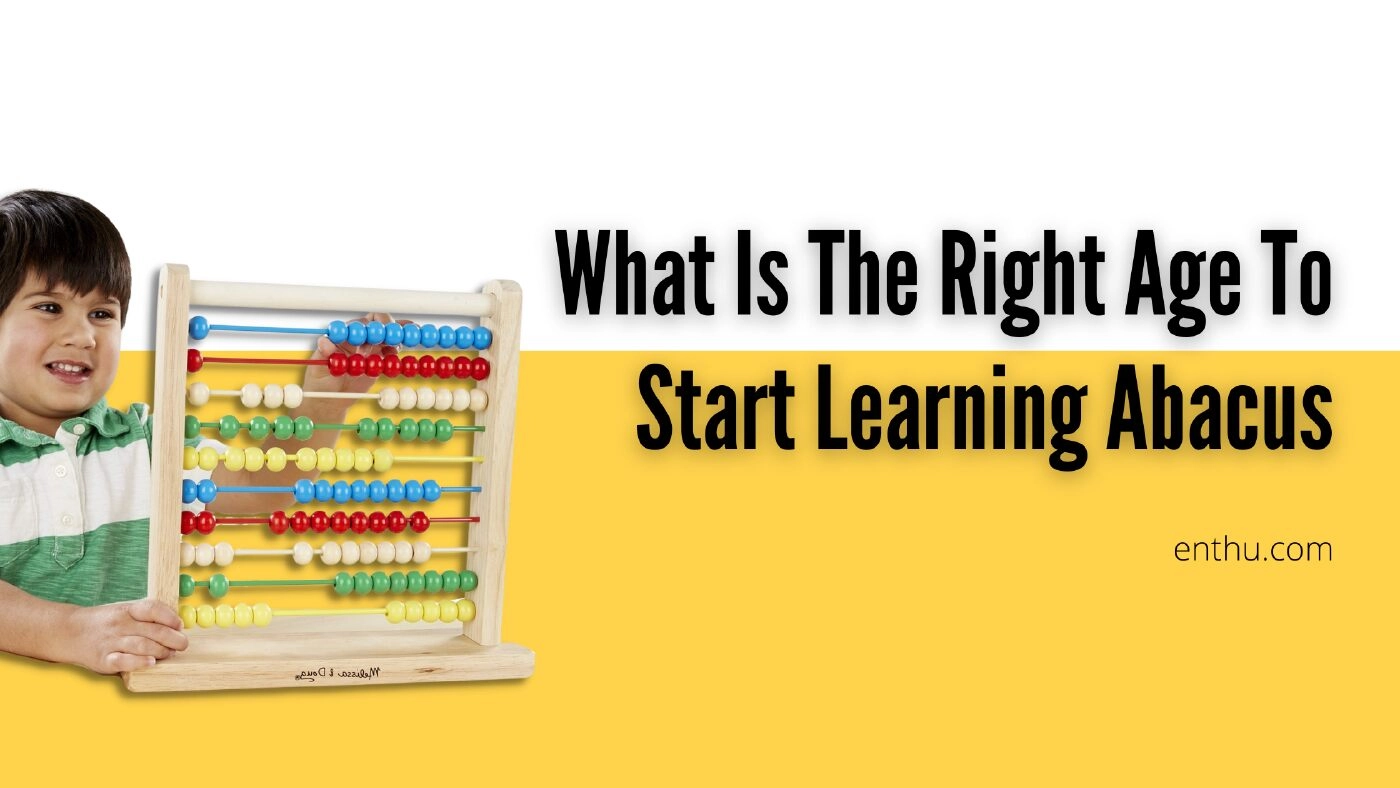


Conclusion
Dear readers, I understand if you’re overwhelmed with the various types of the abacus. But, hey, this is what makes this counting frame a timeless one. In the 2nd BCE or present day, we all relied on this calculator in some way or another. I hope the above information helps you get a clear idea about the abacus.
FAQs
1. What are the different types of abacus?
There are several types of abacus, including:
Chinese Abacus (Suanpan): It typically has 2 beads on the upper deck and 5 on the lower deck, used primarily in China.
Japanese Abacus (Soroban): This features 1 bead on top and 4 on the bottom, optimized for mental calculations.
Russian Abacus (Schoty): It usually contains rows of beads and is designed for counting and more basic arithmetic operations.
Roman Abacus: An ancient calculating tool using movable counters on a board marked with lines.
2. Why are there different types of abacus?
Different types of abacus have evolved based on cultural, educational, and functional needs. Each design offers unique features that cater to specific mathematical calculations and learning styles, improving efficiency and speed in arithmetic operations.
3. How do the different types of abacus function?
Suanpan: Operates by moving beads to represent numbers, with each bead having a designated value based on its position.
Soroban: Utilizes a base-10 system, allowing users to perform complex calculations by manipulating the beads in specific patterns.
Schoty: Often used for simple counting, beads are moved along rods to represent different values.
Roman Abacus: Functions with counters placed in grooves or lines to tally and calculate values visually.
4. Which abacus is best for beginners?
The Japanese Soroban is often recommended for beginners because of its simpler layout and focus on mental calculation techniques. Its design encourages quicker understanding of number concepts and arithmetic operations.


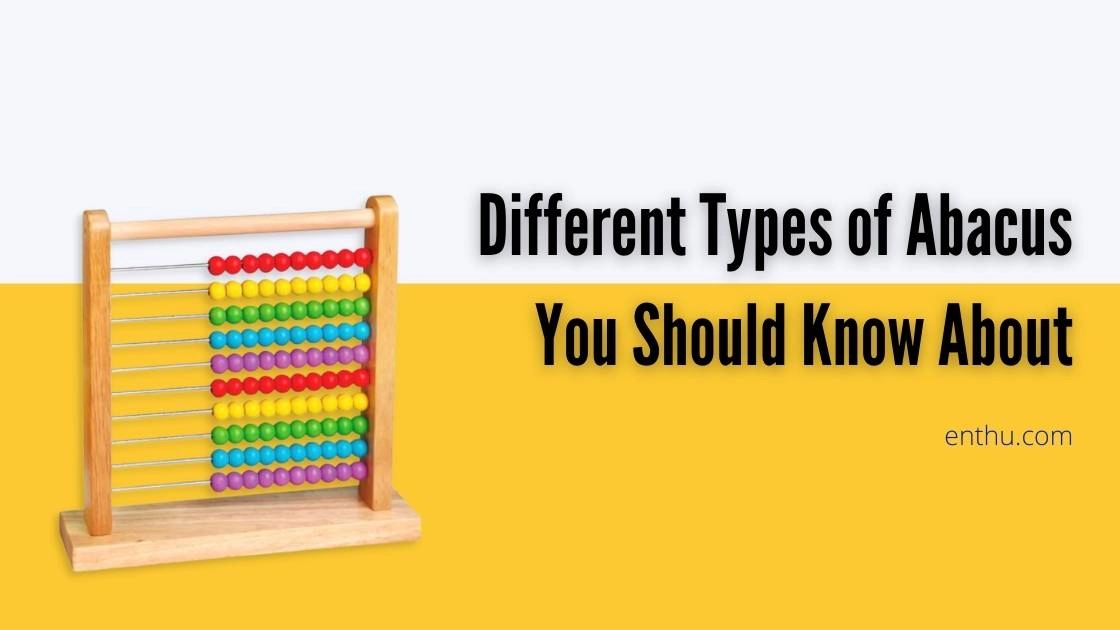
.png)


Comments